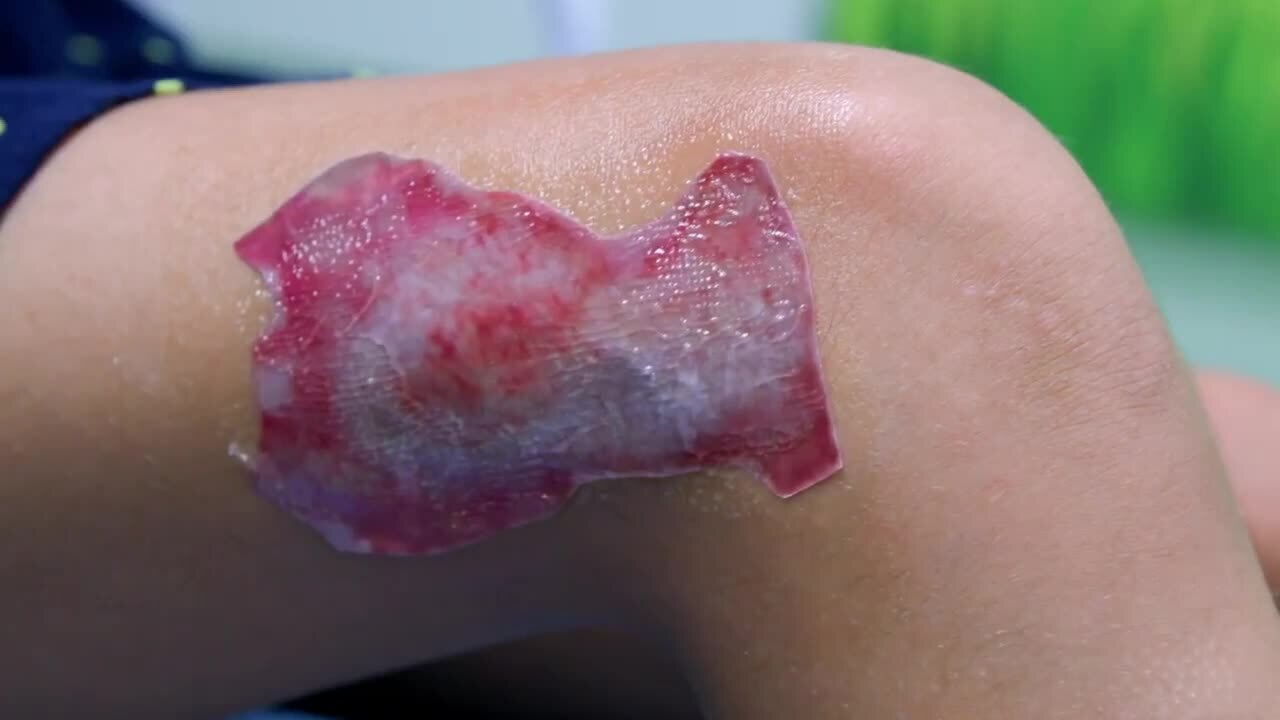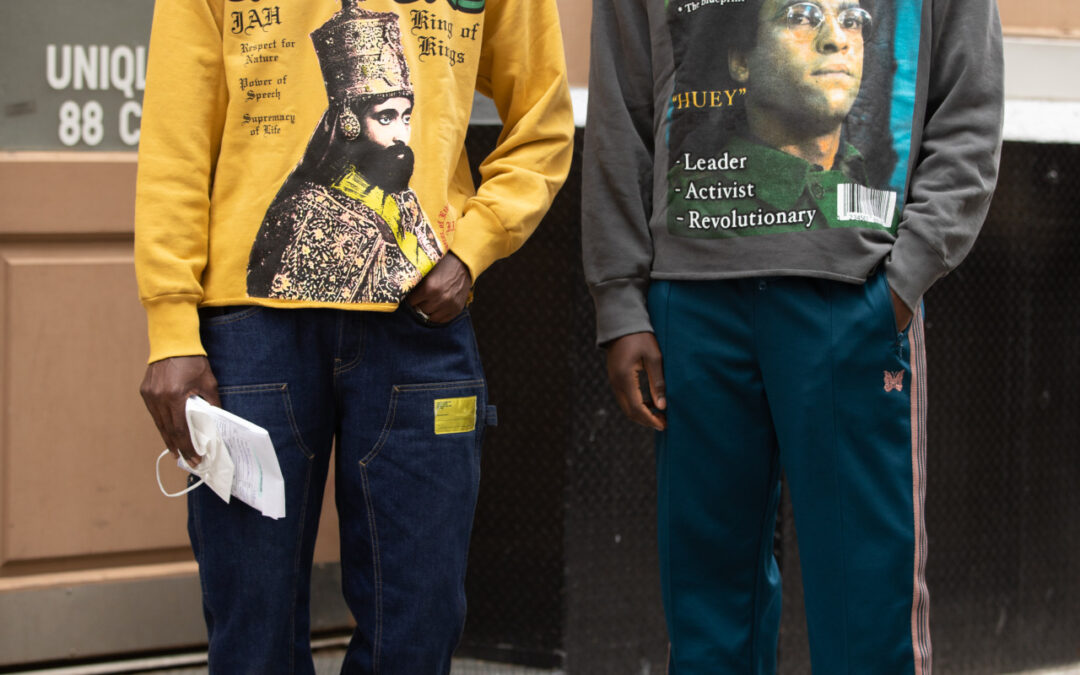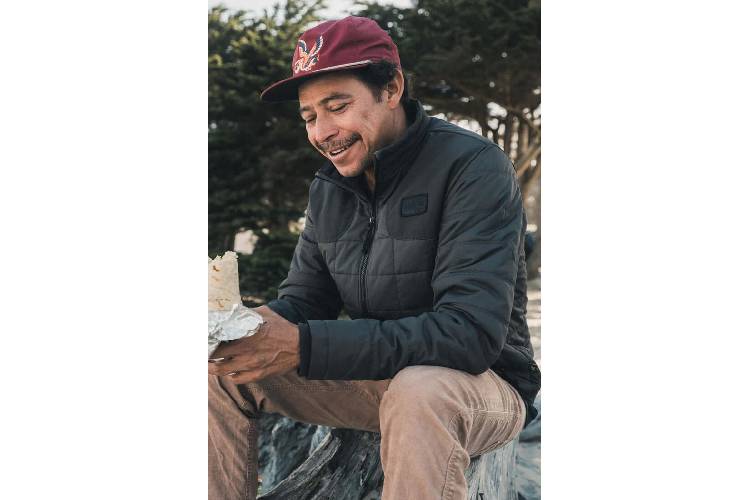Skin grafting remains the cornerstone of reconstructive burn surgery. It involves transplanting healthy skin from one part of the patient’s body (donor site) to cover a burned area where skin has been lost. There are two main types: split-thickness grafts, which involve the epidermis and part of the dermis, and full-thickness grafts, which include both layers. Grafting helps restore the protective barrier function of the skin and minimizes fluid loss and infection risk. Over time, grafts also help to improve the aesthetic and functional outcomes in burn areas.
Tissue Expansion for Skin Restoration:
Tissue expansion is a technique used when there is a need to generate more skin with similar color and texture as the affected area. Reconstructive burn surgery in Dubai (جراحة إعادة بناء الحرق في دبي) involves placing a balloon-like device (tissue expander) under the skin near the burn site. Over several weeks, the expander is gradually filled with saline to stretch the skin. Once enough skin is created, it is used to replace scarred or damaged tissue. This method is especially useful in facial or scalp burns, where matching skin tone and texture is important for aesthetic outcomes.
Flap Surgery for Deep Tissue Reconstruction:
In cases where burns are deep and affect muscles or tendons, flap surgery is often necessary. Unlike grafts, flaps include skin along with underlying fat, muscle, or even bone. These flaps can be local (taken from nearby tissue) or free (transferred from a distant part of the body with microvascular connections). Flap procedures restore both form and function, especially in areas like the hands, feet, or face, where mobility and strength are crucial. This type of surgery is complex but offers excellent results in covering complex wounds and reconstructing severely damaged structures.
Contracture Release and Z-Plasty:
Burn scars often lead to contractures—tightened skin and tissues that limit movement, especially around joints. Contracture release is a surgical procedure aimed at restoring mobility by cutting the scar tissue and repositioning skin. One of the most common techniques used is Z-plasty, where the scar is rearranged in a Z-shaped incision pattern to lengthen the contracted area and improve range of motion. These procedures are essential in restoring the functional use of limbs and improving the quality of life for patients with joint-involved burns.
Laser Therapy and Dermabrasion for Scar Management:
Post-reconstruction, many patients undergo procedures aimed at improving the appearance and texture of burn scars. Laser therapy, particularly fractional CO2 lasers, is commonly used to reduce redness, flatten hypertrophic scars, and improve skin texture. Dermabrasion is another technique used to smooth out irregularities on the skin’s surface by removing the upper layers. These interventions are typically performed in multiple sessions and play a critical role in long-term aesthetic outcomes. They also assist in reducing itching, pain, and discomfort caused by scar tissue.
Reconstructive Procedures for Specialized Areas:
Some burn injuries involve complex anatomical regions like the eyelids, nose, lips, or ears. Reconstructing these areas requires meticulous planning and specialized techniques. For instance, eyelid reconstruction may involve local flaps to protect the eye and maintain vision. Lip repairs often aim to restore symmetry, articulation, and oral competence. Cartilage grafts may be used in ear or nasal reconstruction to restore natural contours. These specialized reconstructions help restore not only appearance but essential functions like breathing, speaking, and seeing.
Psychological and Functional Considerations Post-Surgery:
While surgical procedures address physical restoration, functional and psychological rehabilitation is equally important. Reconstructive surgery often occurs in stages, requiring time, patience, and emotional resilience. Occupational and physical therapy are integral in regaining mobility and independence, especially after contracture releases or hand surgeries. Patients also benefit from psychological support to cope with changes in appearance and identity. The combination of physical and emotional recovery is crucial for comprehensive rehabilitation following burn injuries.
Conclusion:
Reconstructive burn surgery in Dubai (جراحة إعادة بناء الحرق في دبي) is a multifaceted process designed to restore both form and function after a burn injury. By utilizing techniques such as skin grafting, tissue expansion, flap surgery, contracture release, and scar management therapies, surgeons are able to significantly improve a patient’s mobility, appearance, and quality of life. Each procedure is selected based on the individual’s needs, with careful consideration of the location, depth, and impact of the burn. Beyond physical reconstruction, these surgeries also support emotional healing, empowering individuals to regain confidence and resume daily activities with renewed hope and resilience.







0 Comments